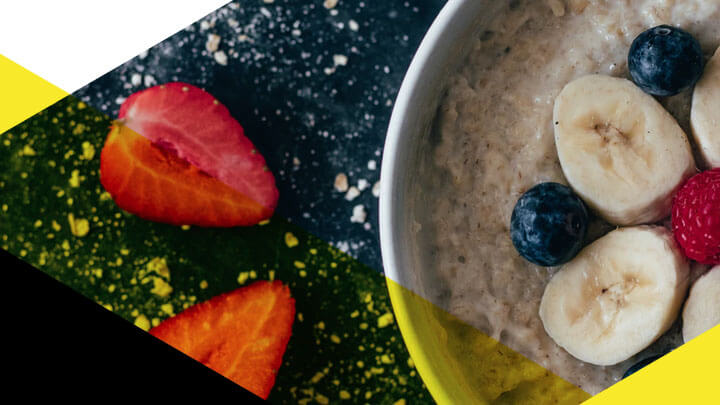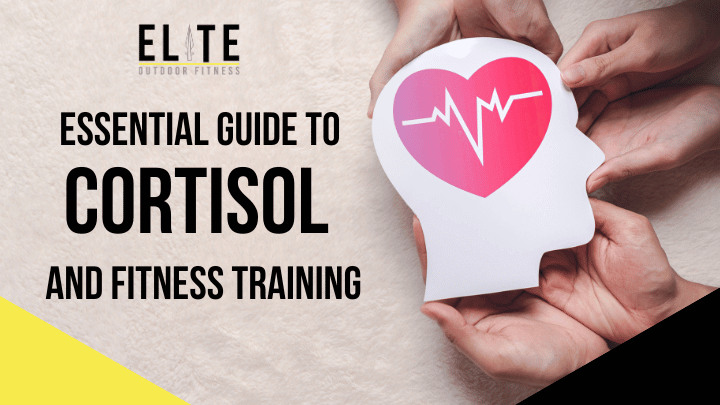Fasting and skipping breakfast aren’t mutually exclusive
Fasting is simply the act of abstaining from food for a given period of time. Perhaps most importantly, fasting is a detoxification and optimisation strategy, not a starvation method.

Fasting is simply the act of abstaining from food for a given period of time. Perhaps most importantly, fasting is a detoxification and optimisation strategy, not a starvation method.
With the abundance of food and snacks available today, fasting doesn’t happen as naturally as at it used to, but it’s a practice that has existed for centuries.
In life, longevity is the name of the game, and fasting can help you stay healthier for longer. During the later stages of a fast is where we see many of the benefits, for instance fasting for 8+ hours is a great way to improve your digestive system.
Plus, our body releases a higher amount of human growth hormone compared to when in a fed state[1]. Growth hormone has important effects on metabolism and cellular repair.
Fasting can also help you lose body fat. A 2014 study[2] discovered that fasting showed a larger reduction in waist circumference than those following the traditional dieting strategy (low-calorie diet).
So, does that mean that we should all be fasting?
In my opinion yes, however fasting comes in many forms, most of which the fitness industry seems to ignore.
The current trend in the fitness industry is the 16:8 method, where individuals intermittently fast for 16-hours before eating during an 8-hour eating window. Because of this preference, we tend to see people choosing to skip breakfast as they begin eating around 11am (give or take an hour).
But, you DON’T have to skip breakfast. You could skip dinner if you’d like? It may actually be better for you.
Early Time Restricted Feeding[3], where participants tend to finish their eating window before 4pm, lead to greater fasting blood sugar levels and ageing markers when compared to eating later in the day.
Personally, I tend to aim for three meals a day and let my hunger levels and social schedule dictate which and if I’ll skip a meal. The main benefit which I’m currently interested in is the decrease in insulin experienced from fasting. Insulin is a fat burning inhibitor as it supresses growth hormone and increases our ‘storage mode’.
Still not convinced? Now worries, you can also achieve a decrease in insulin levels by eating a diet lower carbohydrate and sugar. My clients prefer to do this by skipping on the snacks or switching to a low sugar options (think nuts over granola bar).
I understand that fasting may not be for everyone, but I’d highly recommend trying to space out your eating as much as possible to help improve and repair your digestive system.
If you’d like more help with your fasting, make sure to check out The Fasting Playbook. I’ve compiled everything I know into this practical and actionable guide.
Let me know what you think.
Speak soon, JC.
[1] https://www.ncbi.nlm.nih.gov/pmc/articles/PMC329619/
[2] https://www.ncbi.nlm.nih.gov/pubmed/24993615
[3] https://www.ncbi.nlm.nih.gov/pubmed/31151228
Related Articles
If you've enjoyed this post why not try these related articles…



